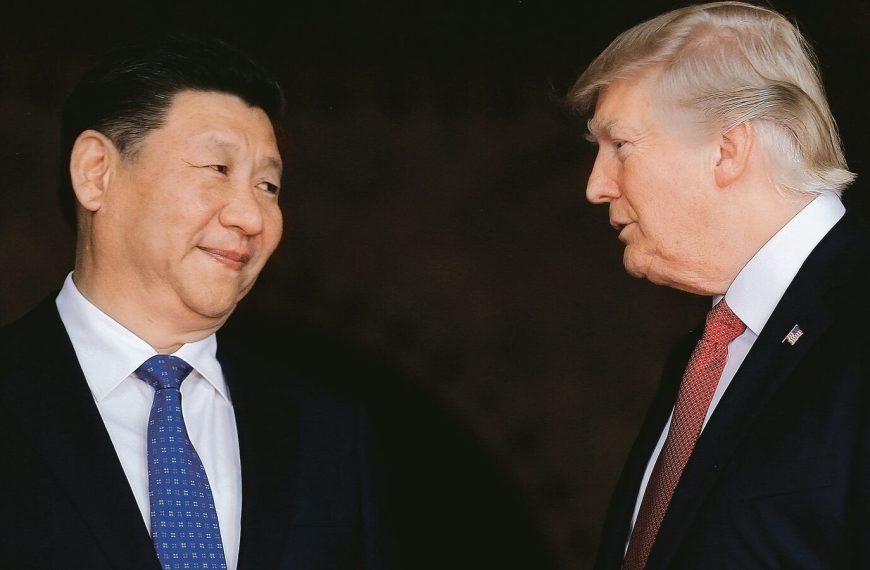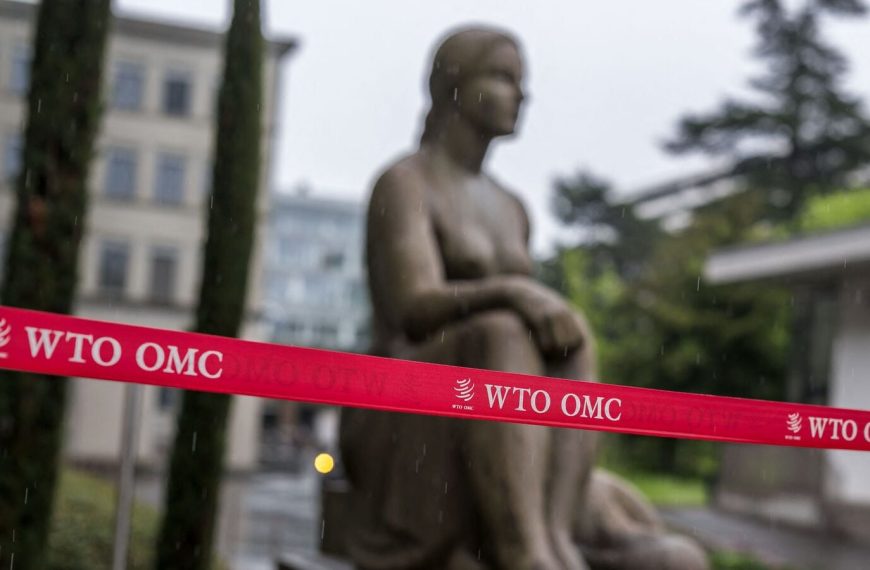In light of U.S. President Donald Trump’s tariff policies, new insights from a Motilal Oswal report reveal a silver lining for India. Despite the challenges posed by increased tariffs, such as soaring costs and fluctuating exchange rates, India has a unique chance to enhance its domestic industries. The report emphasizes that while these tariffs present hurdles, they also create pathways for India to bolster self-reliance and elevate local production.
Understanding the Impact of Tariffs on India
The U.S. has imposed significant tariffs on various Indian exports over recent years. Notably, in 2018, tariffs of 25% on $761 million worth of steel and 10% on $382 million of aluminum significantly impacted India’s export competitiveness. As a result, Indian steel exports plummeted by 46% within just one year, with American buyers increasingly turning to more affordable options.
Currency Concerns Amid Trade Tensions
Another critical issue for India revolves around the implications of these trade tensions on its currency. The report highlights that India imports a staggering 87% of its crude oil, typically transacted in U.S. dollars. Should the rupee weaken due to capital outflows stemming from international trade disputes, the cost of oil imports would rise, putting additional strain on the Indian economy. Alarmingly, the report indicates that a prolonged tariff conflict could lower India’s GDP by 0.3%.
Turning Challenges into Opportunities
Despite these significant challenges, India stands poised to transform adversity into opportunity. Historically, Indian tariffs have been higher compared to other global economies, allowing the nation to strategically utilize import duties to lessen reliance on foreign products. The report advocates that the ongoing trade conflict could propel India toward greater manufacturing self-sufficiency and boost exports in sectors less impacted by tariffs.
A Strategic Path Forward for India
Trump’s protectionist policies aim to maintain U.S. competitiveness on the global stage, generating an atmosphere of uncertainty. However, the Motilal Oswal report suggests that India can leverage this situation to its benefit by focusing on enhancing domestic production, fostering local investments, and improving trade agreements with other countries.
In conclusion, while challenges stemming from U.S. tariffs are evident, there lies a significant opportunity for India to reinforce its economic foundations and emerge stronger in the global market. As the country navigates these turbulent waters, a strategic approach could lead to a more resilient and self-reliant economy.











